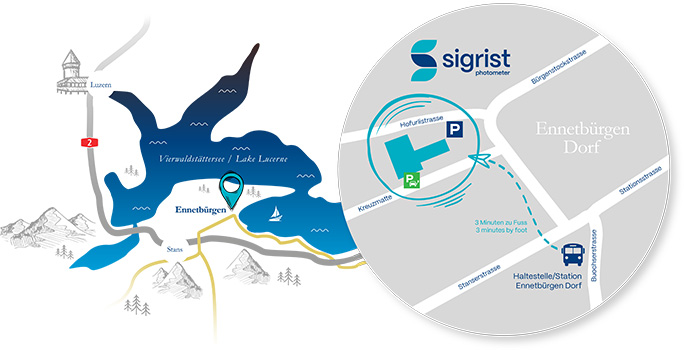In road and railroad tunnels, fires or dense smoke is often caused by overheated engines and turbo charges, locked brakes, defective tires, ignited cargo, etc. Fire detectors/smoke detectors installed in the tunnel serve the purpose of initiating the safety and rescuing scenario in order to allow the people to escape the area by their own devices. For this purpose, they have to detect the risk of fire as quickly as possible and to localize the event.
There are several kinds of fire detectors:
- Linear fire alarm cables reacting to the increase in ambient temperature and allowing the localization of the fire. This method has the disadvantage that it will only detect an event when an open fire has already broken out. However, most fires in road tunnels and railroad tunnels start as smouldering fires producing life-threatening smoke fumes.
- The video detection system of the tunnels should detect the presence of smoke as well as localize the event. Experience shows, however, that too many false alarms are triggered by extraneous light, light reflections from windscreens, change of contrast etc.
- Scattered light measuring instruments which are based on the same photometric principle as the visibility determination. These SIGRIST instruments detect the presence of smoke very rapidly even at an early stage (cold smoke). They can also be equipped with temperature sensors and thus support localization of the event. Smoke detection
